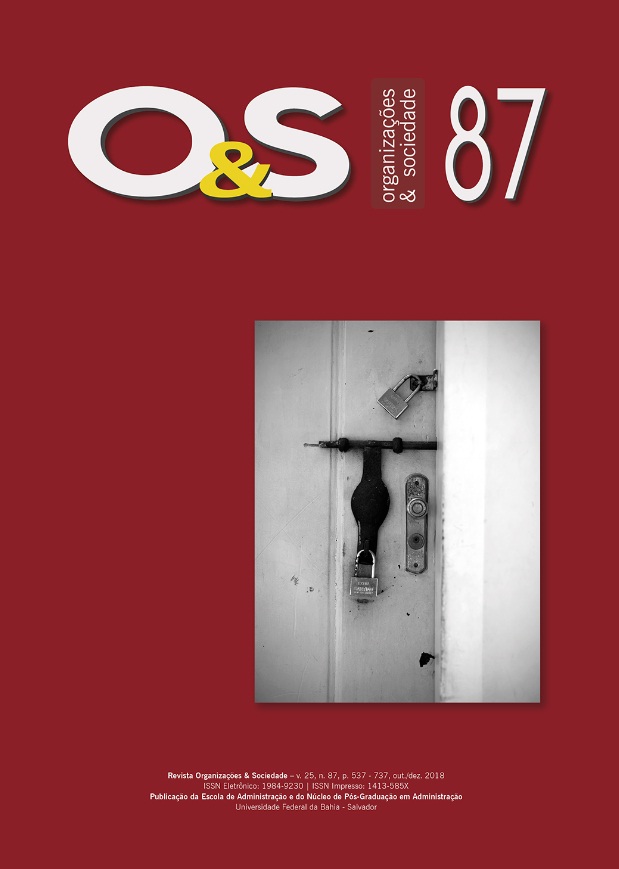Wage differentials associated with race between 2002 and 2014 in Brazil: Evidence from a quantile decomposition
Keywords:
Racial wage gap. Oaxaca-Blinder. Recentered Influence Function RegressionAbstract
Throughout the 2000s Brazil went through a great phase of economic development. The present study seeks to investigate whether this movement was accompanied by a reduction in inequality in the labor market, measured here by the wage gap between whites and non-whites. To do so, three cohorts of time (2002-2004, 2007-2009 and 2012-2014) were analyzed from the microdata of the National Household Sampling Survey (Pesquisa Nacional de Amostragem Domiciliar - PNAD). The applied method is the counterfactual Oaxaca-Blinder along with the Recentered Influence Function Regression (RIF-Regression) so that the main determinants of wages inequalities can be detailed throughout the salary distribution. Our results showed that wage gap (totals, due to observed factors and discrimination) are higher in the higher quantiles of the distribution, that is, in professions or activities with higher wages. The results also point to a salary approximation between the groups during the analyzed period, which was mainly due to observable characteristics, specially education levels. However, discrimination decreased only between the first and second triennium and in low magnitude. Apart from that, the main determinants of racial wage gap are returns to education, experience and professions considered unregulated (self-employment and informal workers).
Downloads
Published
How to Cite
Issue
Section
License
This work is licensed under a Creative Commons Attribution 4.0 License.
The O&S adopts a Creative Commons Attributions License 4.0 in all published works, except where specifically indicated by copyright holders.






